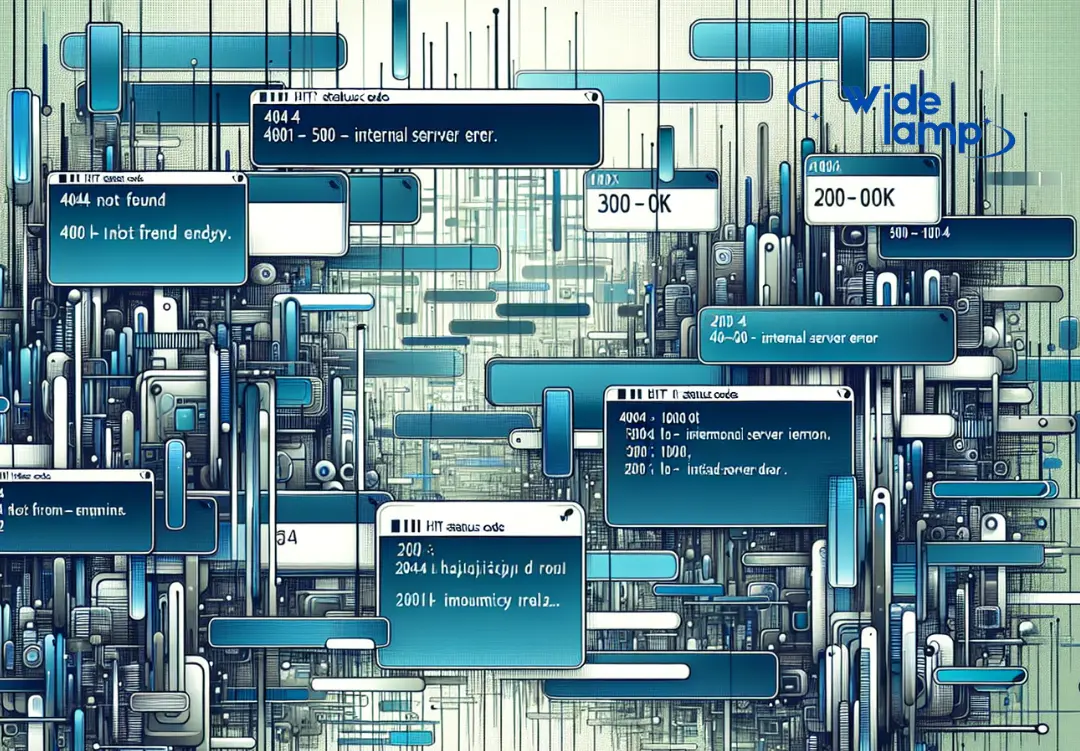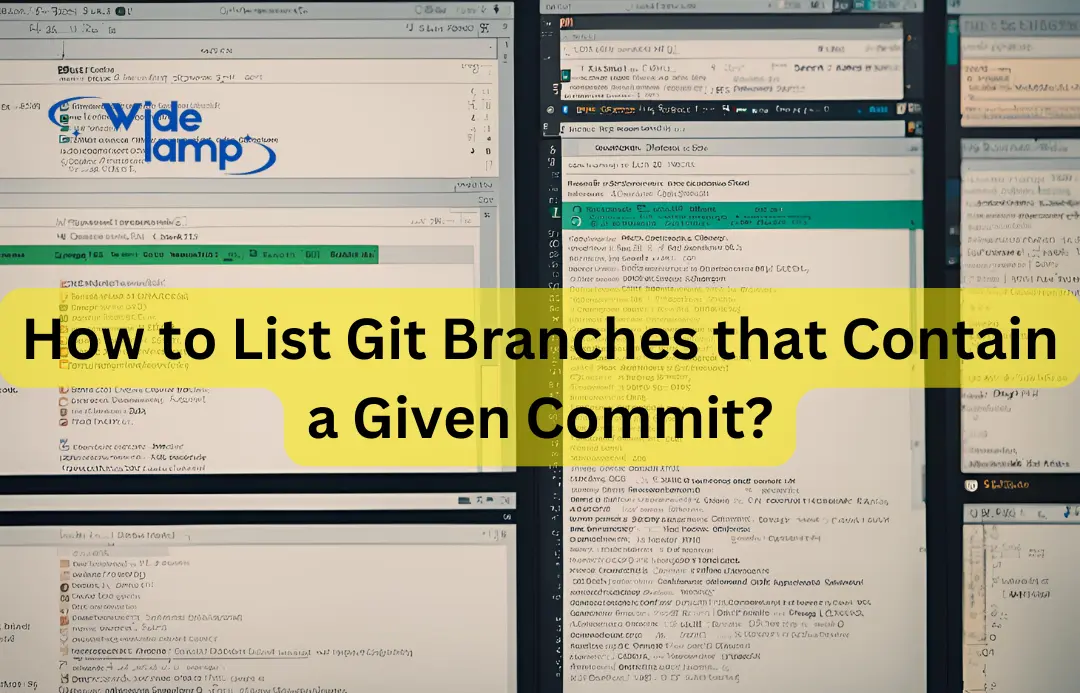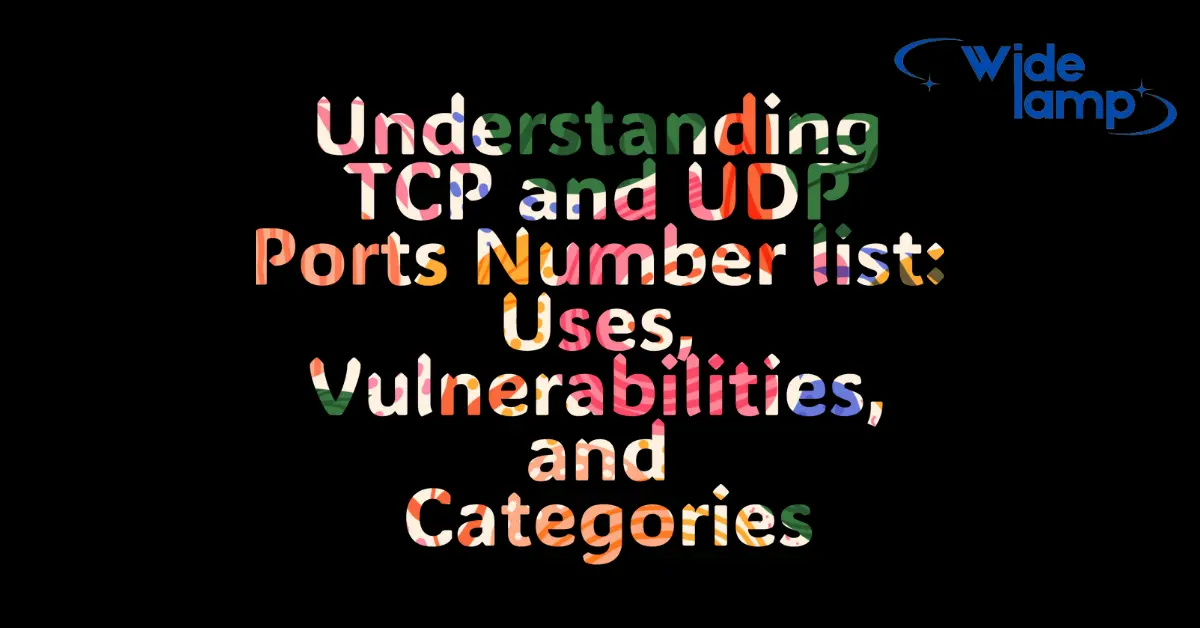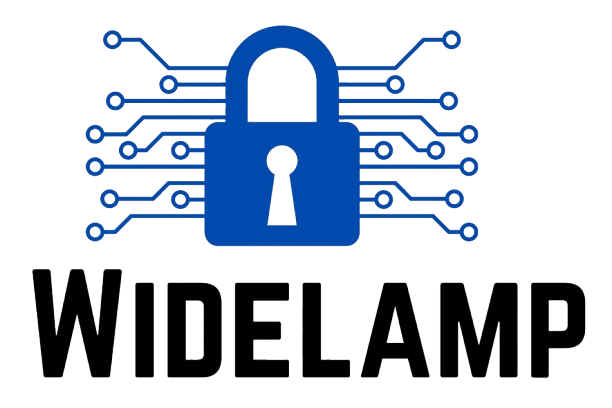|
Getting your Trinity Audio player ready...
|
When you are on the internet you see many types of http status code errors such as 200, 201, 202, 301, 302, 304, 400, 401, 403, 404, 405, 408, 500, 501, 502, 504. these errors are HTTP status code errors, all errors represent web browsing errors that occur during internet surfing.
Let’s start and explain all web status code errors…
http Status Code
these error codes are divided into 4 categories, 2xx is the success code, 3xx Redirection code, 4xx is Client Code errors, and 5xx is Server code errors, so when you see 2xx something you understand this is a success error means the website is process is a success, similarly when you see 3xx means redirection, website understand anywhere so you can see success or not, its depend redirection also 4xx for client code and 5xx for server code, let’s discuss each other in details
Read More: History of computers
1. 2xx Success Codes – The Request Was Successful
These codes mean that everything went well, and the server successfully responded to your request.
- 200 OK: This is the best code to get! It means that the request was successful, and the server sent back the webpage or data you wanted.
- 201 Created: The request was successful, and as a result, something new was created. For example, this might happen when you sign up for a new account on a website.
- 202 Accepted: The request has been accepted, but it hasn’t been fully processed yet. The server is working on it and will complete it later.

2. 3xx Redirection Codes – The Request Was Redirected
These codes tell you that the requested page has moved somewhere else or that you need to take further action to complete the request.
- 301 Moved Permanently: The page you requested has been moved to a new location, and it’s there permanently. You won’t find the old page anymore; it has a new URL.
- 302 Found (Temporary Redirect): The page is still available, but it’s temporarily moved to another location. You might be sent to the new location for now, but it’s not permanent.
- 304 Not Modified: The webpage hasn’t changed since the last time you visited it. The server is telling your browser, “You already have the most recent version, no need to download it again.”
3. 4xx Client Error Codes – There’s a Problem With Your Request
These codes indicate that the problem is on your end (the client), usually due to a bad request or missing permission to access something.
- 400 Bad Request: This means the server didn’t understand your request because it was malformed or incorrect. It’s like sending a garbled message that the server can’t process.
- 401 Unauthorized: You tried to access something that requires a login or authentication, but you didn’t provide valid credentials. You need to log in first to see this page.
- 403 Forbidden: You don’t have permission to access this resource, even if you’re logged in. The server knows who you are but is blocking you from accessing this page.
- 404 Not Found: This is one of the most common errors. It means the page you’re looking for doesn’t exist on the server. You might have mistyped the URL, or the page has been removed.
- 405 Method Not Allowed: The method you used to request the page (like GET or POST) is not allowed. For example, you might be trying to update something using a method that’s only allowed for viewing data.
- 408 Request Timeout: The server took too long to respond to your request. Maybe your internet connection was slow, or the server was overloaded.
4. 5xx Server Error Codes – The Server Has a Problem
These codes mean that something went wrong on the server’s side, not yours.
- 500 Internal Server Error: This is a generic error message that means something went wrong on the server, but the server doesn’t know exactly what caused it. It’s like the server saying, “I messed up, but I don’t know why.”
- 501 Not Implemented: The server can’t handle the request. For example, you might be asking the server to perform an action it’s not programmed to do.
- 502 Bad Gateway: The server, acting as a gateway or proxy, received an invalid response from another server. This usually happens when there’s a communication problem between servers.
- 504 Gateway Timeout: Similar to 408 (Request Timeout), but this happens between servers. The server you’re contacting didn’t get a timely response from another server it was relying on.
How to Deal with These Errors
- 2xx codes mean everything is good. No action is needed.
- 3xx codes mean the page has moved, and your browser should automatically take you to the new page.
- 4xx codes mean you need to check your request. Make sure you typed the URL correctly, and if it’s a login page, check your username and password.
- 5xx codes mean there’s nothing you can do; the problem is on the server’s end. Try again later or contact the website owner if it’s a frequent issue.
So after reviewing all HTTP status code, you can understand what is this, when any type of code occurs now you can understand what is this.
Let’s move to the question and answer section this section help to understand this article’s importance and necessary knowledge for you which are very important for everyone
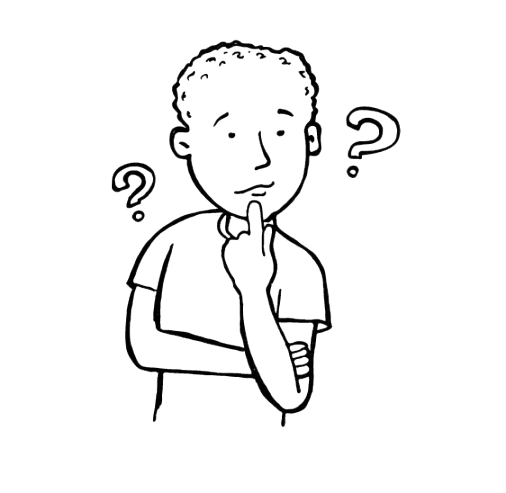
Q & A – Section
Questions that are very helpful for everyone and clear some doubts…
-
What happens when your computer sends a request to a website?
Your computer (the client) sends a request to the website’s server, and the server responds with a status code that tells you if the request was successful or if there was a problem.
-
What do 2xx Success Codes indicate?
2xx Success Codes mean that everything went well, and the server successfully responded to the request.
- Advertisement - -
What does the status code 200 OK mean?
200 OK means the request was successful, and the server sent back the webpage or data you wanted
-
What is the difference between 201 Created and 202 Accepted?
201 Created means that something new was created as a result of the request. 202 Accepted means that the request has been accepted but hasn’t been fully processed yet.
-
What do 3xx Redirection Codes tell you?
3xx Redirection Codes tell you that the requested page has moved to a new location or that further action is needed to complete the request.
-
What does 301 Moved Permanently mean?
301 Moved Permanently means that the page has been moved to a new location permanently, and the old URL will no longer work.
-
What does 302 Found mean?
302 Found means the page has temporarily moved to another location, but the original URL is still valid for the future.
-
What does the status code 304 Not Modified indicate?
304 Not Modified means the webpage hasn’t changed since the last time you visited it, so there is no need to download it again.
-
What do 4xx Client Error Codes indicate?
4xx Client Error Codes mean that there’s a problem with your request, such as a bad URL or missing permission to access something.
-
What does 400 Bad Request mean?
400 Bad Request means the server didn’t understand your request because it was incorrect or malformed.
-
When would you see a 401 Unauthorized status code?
You would see 401 Unauthorized if you tried to access something that requires a login or authentication, but you didn’t provide valid credentials.
-
What is the difference between 403 Forbidden and 404 Not Found?
403 Forbidden means you don’t have permission to access the page, even if you’re logged in. 404 Not Found means the page you’re looking for doesn’t exist or was removed.
-
What does the 405 Method Not Allowed error mean?
405 Method Not Allowed means that the method you used to request the page (like GET or POST) is not allowed for that resource.
-
Why might you encounter a 408 Request Timeout error?
You might see a 408 Request Timeout if the server took too long to respond to your request, possibly due to a slow internet connection or server overload.
-
What do 5xx Server Error Codes mean?
5xx Server Error Codes mean that something went wrong on the server’s side, not the client’s side.
-
What is a 500 Internal Server Error?
500 Internal Server Error is a generic error that means something went wrong on the server, but the server doesn’t know exactly what caused it.
-
What does 502 Bad Gateway mean?
502 Bad Gateway means that a server acting as a gateway or proxy received an invalid response from another server.
-
What’s the difference between 408 Request Timeout and 504 Gateway Timeout?
408 Request Timeout occurs when the server takes too long to respond to the client. 504 Gateway Timeout happens when a server doesn’t get a timely response from another server it relies on.
-
How should you handle 2xx, 3xx, 4xx, and 5xx errors?
2xx codes: Everything is good, no action is needed.
3xx codes: The page has moved, and your browser should take you to the new location.
4xx codes: Check your request (like the URL or login credentials).
5xx codes: The problem is on the server’s end, so you should try again later. -
Why is it helpful to understand HTTP status codes?
Understanding HTTP status codes helps you figure out what’s wrong when a website doesn’t load and how to fix it or what to expect next.

